This article was co-authored by wikiHow Staff. Our trained team of editors and researchers validate articles for accuracy and comprehensiveness. wikiHow's Content Management Team carefully monitors the work from our editorial staff to ensure that each article is backed by trusted research and meets our high quality standards.
There are 7 references cited in this article, which can be found at the bottom of the page.
wikiHow marks an article as reader-approved once it receives enough positive feedback. In this case, 91% of readers who voted found the article helpful, earning it our reader-approved status.
This article has been viewed 407,658 times.
Learn more...
Many people ship packages off everyday. However, many people don't know that you can ship packages off in another class besides first. This class is called Media Mail. Media mail is just that—a class where you can ship many of your media items (ex. CD's, books, cassettes, etc.) for lower prices than first class or priority mail.
Things You Should Know
- Review the list of USPS items that are eligible for Media Mail and avoid mailing anything that doesn’t comply with USPS’s restrictions.
- Purchase an envelope or box to ship the item, pack it, and write the address correctly on the package. Seal boxes with 2-inch packing tape.
- Visit the post office to have the clerk weigh your package and find the shipping cost. Decide whether you want insurance, certified mailing, or tracking as well.
Steps
Determining Whether to Use Media Mail
-
1Review the kinds of items the USPS lists as being eligible for Media Mail. The USPS lists the following types of media as eligible for Media Mail:[1]
- Books that are at least 8 pages.
- Sound recordings and video recordings, in the form of CDs and DVDs.
- Play scripts and manuscripts for books, periodicals, and music.
- Printed music (sheet music).
- Computer-readable media such as CDs containing prerecorded information and guides, or scripts prepared solely for use with such media. This does not include video games
- Sixteen millimeter or narrower width films.
- Printed objective test materials and their accessories.
- Printed educational reference charts.
- Loose-leaf pages and their binders of medical information for doctors, hospitals, medical schools, and medical students.
-
2Avoid trying to mail something Media Mail if it doesn't comply with USPS's "no advertisements" rule. Media Mail can't be used to send any media that contains advertisements. This rule is a little fuzzy, however, because incidental mentions of other media within a piece of media are considered okay, as long as it isn't a part of overt advertising for the purpose of selling the media mentioned.[2]Advertisement
-
3Review the other restrictions on what can be sent via Media Mail. Nothing over 70 pounds can be sent. Computer software and video games are not eligible. Some enclosures are allowed to be sent along with the media that fits in their content guidelines. For example you can include:[3]
- Bills and invoices.
- A brief personal note that introduces the media.
- Instructions for the media's use.
- Corrections to printed information in the media.
Packing for Media Mail Shipping
-
1Get an envelope or box for the item you're shipping. Envelopes and boxes can be purchased at office supplies stores. The maximum dimensions for envelopes are 12 by 15 inches, and 3/4 inches thick. For boxes, the distance around the thickest part of the package plus the length of the package can't exceed 108 inches.[4]
- Envelopes and boxes can also be purchased at most USPS locations.
-
2Wrap your packages as usual. If the items you're mailing are small enough that they will shift around in the box you're using, get packing peanuts to fill the empty space. Packaging peanuts can be bought at office supply stores.[5]
- You can also use newspaper to cushion items in boxes. Just make sure you test the box by shaking it gently to see if there's enough cushioning. There should be no items rattling around in the box.
-
3Address the package correctly. Media Mail is addressed just as any other mail shipped with USPS is. Print the recipient address and the return address neatly and clearly with a pen.
- The return address goes in the upper left corner of the envelope or top of the box. The recipient address goes in the middle.
- In the upper right corner of the envelope or top of the box, you'll need to place a postage stamp. USPS's website has a tool for calculating and purchasing the correct postage.
-
4Seal the package. Boxes should be sealed with two-inch packing tape, either brown or clear. Envelopes should be sealed as normal, with the tape included on the envelope flap.[6]
Shipping Via Media Mail
-
1Go to your nearest post office. You can find USPS post offices near you with an online search. Bring your package with you and head to a local USPS post office.
-
2Ask how much media mail is for your package. It will vary between items. In some cases, it'll be better to just ship your package via priority mail, especially if it is under 9 ounces. The worker at the post office will weigh your package and determine the cost for you.[7]
- Media Mail shipping starts at $2.72 and goes up $0.50 for each pound over one, up to 37.22 for a 70 pound package.
-
3Ship your package. If you do decide to ship it via Media Mail, the cashier will stick a label on the package. You then have the option to add additional services, such mailing certification and insurance.
- Certified mailing means that you will receive evidence that you mailed what you did when you did it.
- Media Mail includes USPS tracking, so that you can know when the estimated delivery date and time will be.
- The cost of insuring your mail depends on the value of the item or items inside, and it can be insured up to $5000.
Community Q&A
-
QuestionHow do I print out the label on my home printer?
 Community AnswerUSPS.com does not provide an option for "Click 'n Ship" postage labels to be created online for media mail. You'll need to mail it from the post office.
Community AnswerUSPS.com does not provide an option for "Click 'n Ship" postage labels to be created online for media mail. You'll need to mail it from the post office. -
QuestionCan I put clothing in the media mail box?
 Community AnswerNo. Only items eligible for media mail can be in the box.
Community AnswerNo. Only items eligible for media mail can be in the box. -
QuestionWhat is the difference in delivery time when using media mail?
 Community AnswerIn my experience, it's about a four day difference.
Community AnswerIn my experience, it's about a four day difference.
Warnings
- Be aware that Media Mail is not "closed to inspection." This means that the USPS can inspect the contents of your mail to make sure you are only sending eligible media.[9]⧼thumbs_response⧽
References
- ↑ https://about.usps.com/notices/not121/not121_tech.htm
- ↑ http://www.neatorama.com/2010/09/17/the-usps-is-cracking-down-on-media-mail/
- ↑ http://pe.usps.com/text/dmm300/173.htm#1113500
- ↑ https://www.usps.com/ship/preparing-domestic-shipments.htm
- ↑ https://www.usps.com/ship/preparing-domestic-shipments.htm
- ↑ https://www.usps.com/ship/preparing-domestic-shipments.htm
- ↑ http://www.ecommerceweekly.com/shipping/usps-media-mail-understanding-content-and-shipping-restrictions/
- ↑ https://www.usps.com/ship/mail-shipping-services.htm
- ↑ http://www.ebay.com/gds/Making-the-Most-of-Media-Mail-Save-Cents-on-Shipping-/10000000000902588/g.html
About This Article
To ship media mail, first put what you want to ship in an envelope that’s no bigger than 12 by 15 by ¾ inches or a box where the distance around the thickest part plus the length is no more than 108 inches. Then, seal your envelope as usual or your box with packing tape. Next, print your recipient’s address in the center and your return address in the upper left corner. When you’re reading to ship your envelope or box, you can go online to the USPS website or to your local USPS location to buy the correct postage before you mail it. To learn what items the USPS says can be shipped via media mail, scroll down!
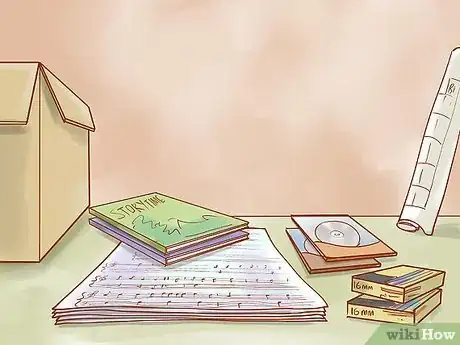

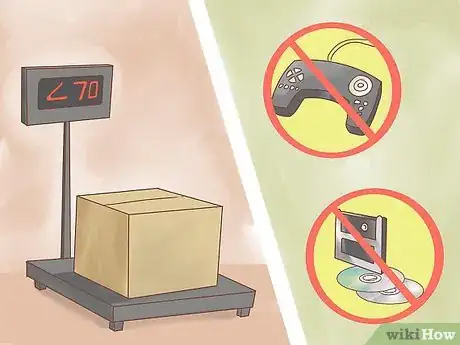
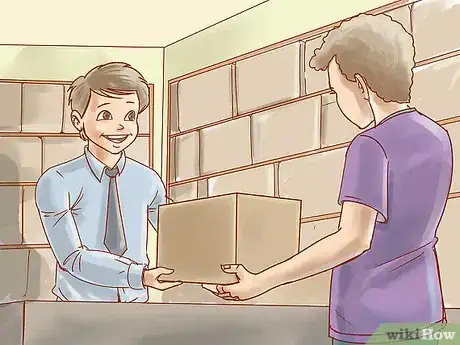
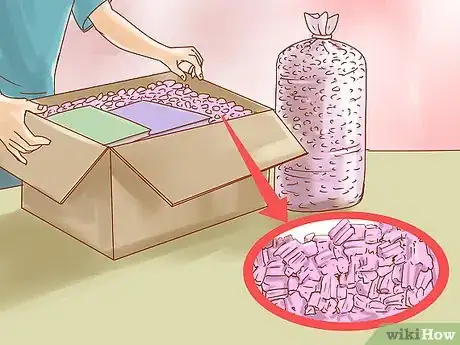
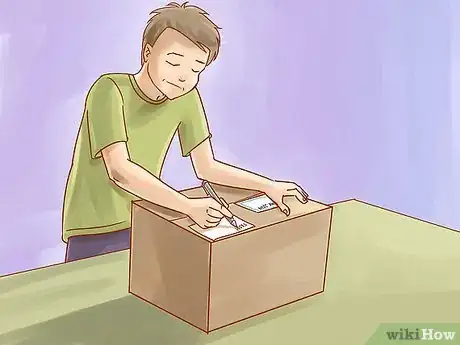

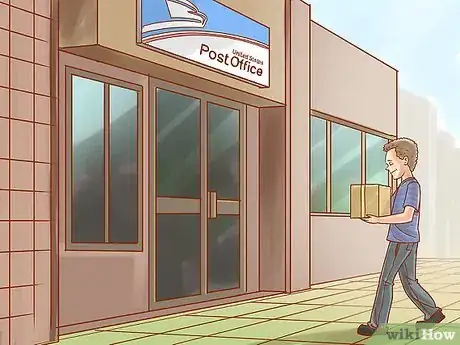

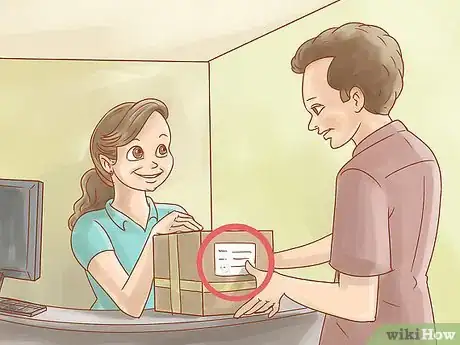


-Step-12-Version-2.webp)





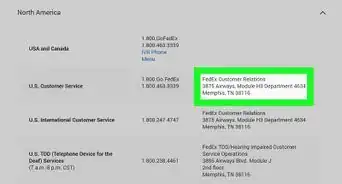
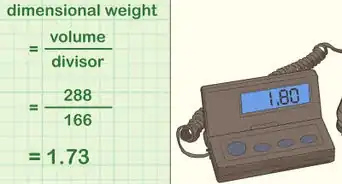
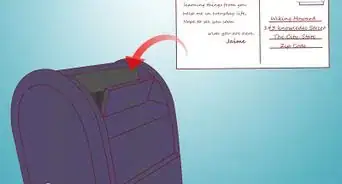
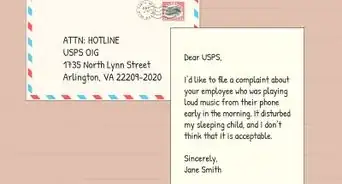

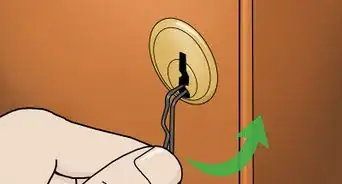












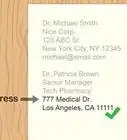
-Step-12-Version-2.webp)



































